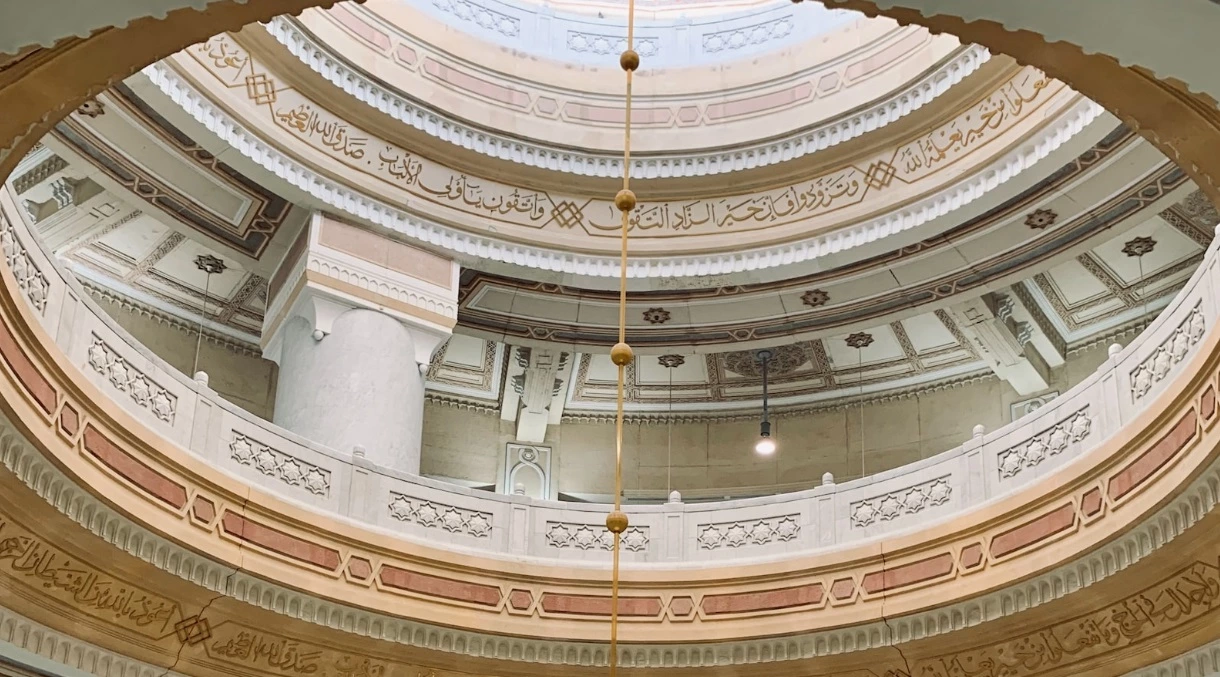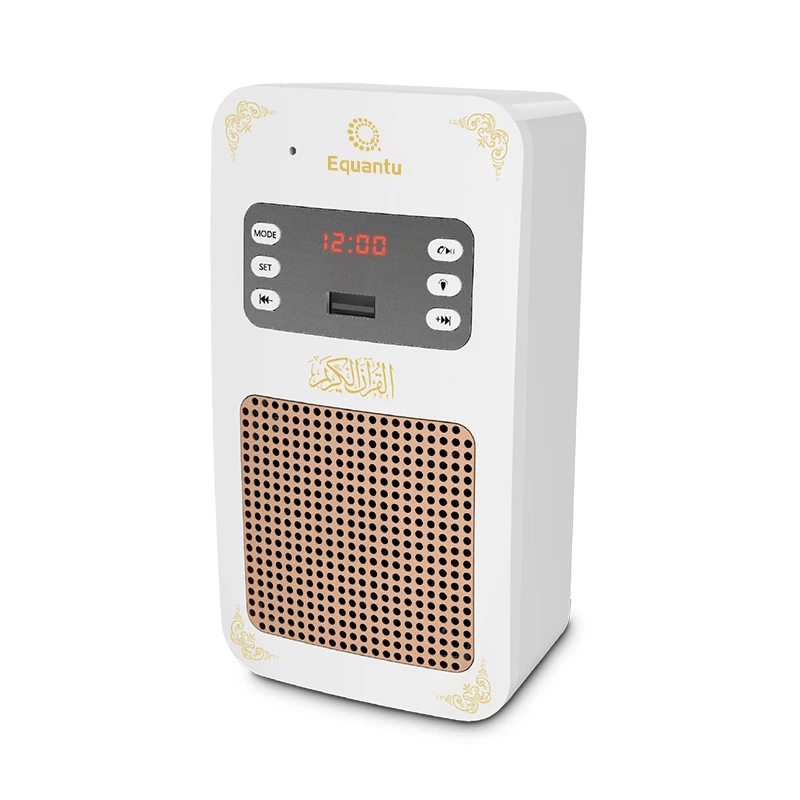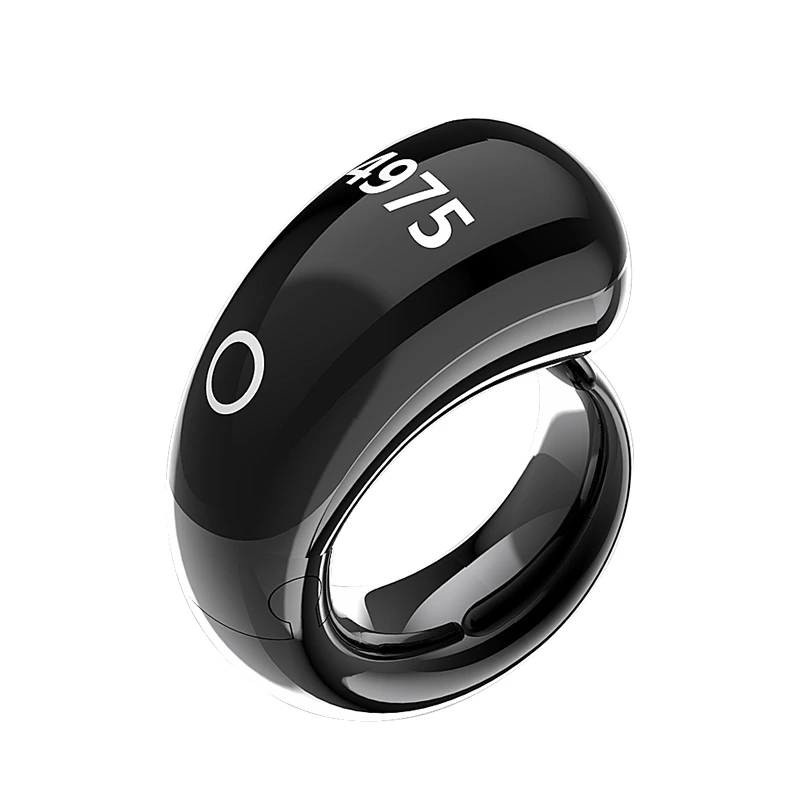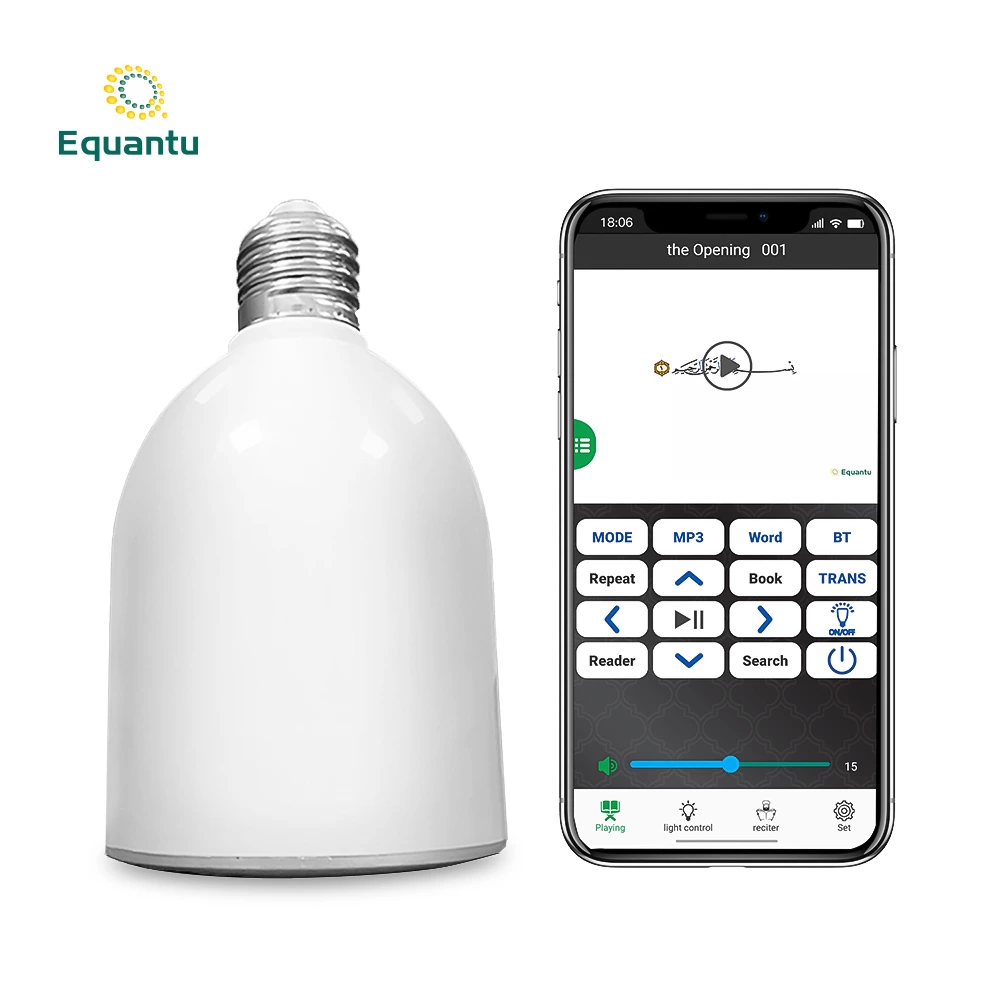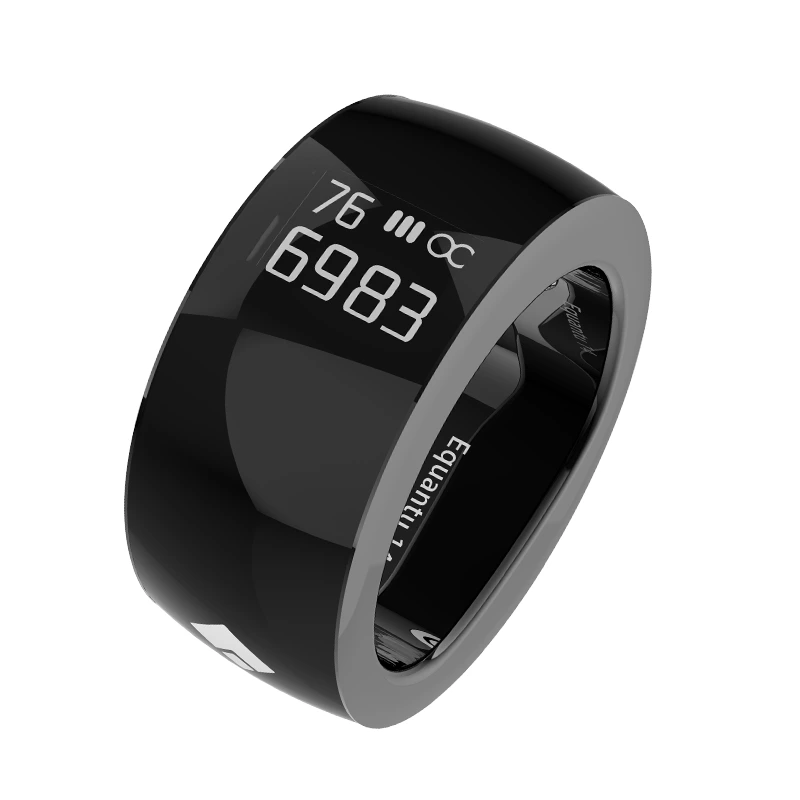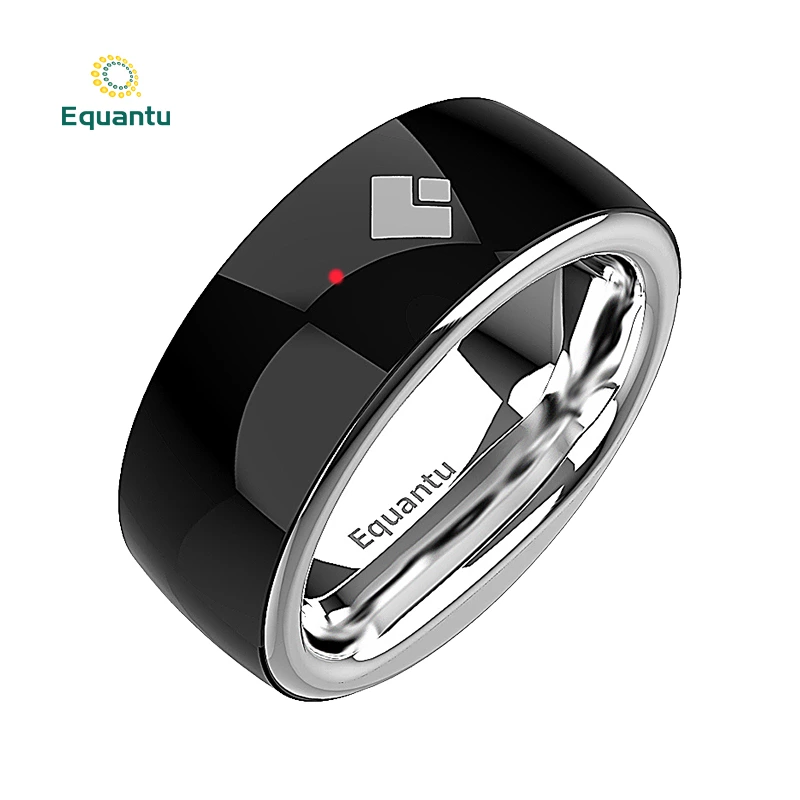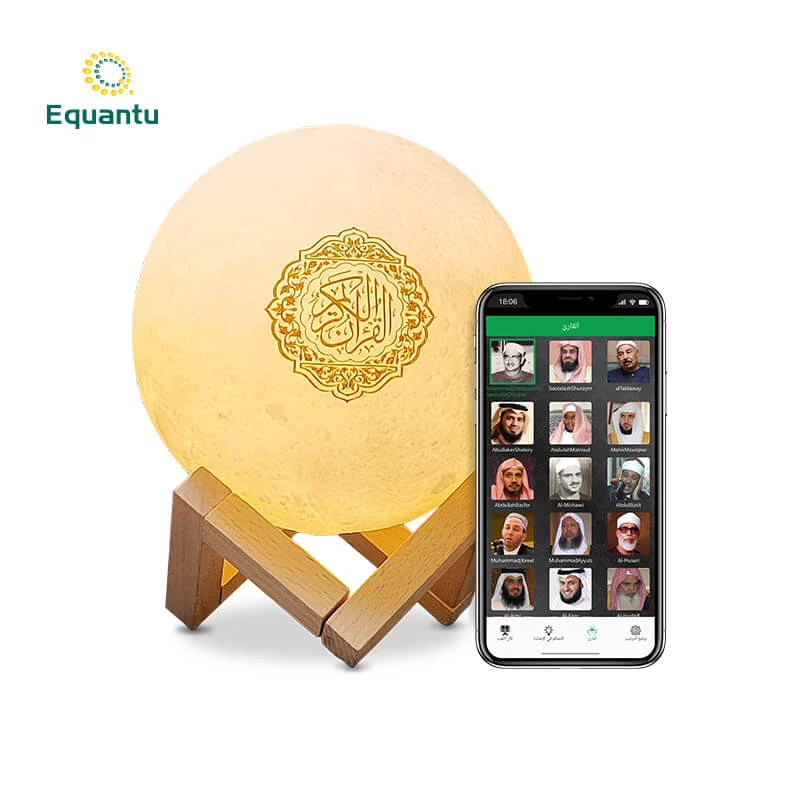Origins and History of the Islamic Calendar
The Hijra: The Starting Point
The Islamic calendar begins with the Hijra, the migration of Prophet Muhammad (peace be upon him) from Mecca to Medina in 622 CE. This event marks the year 1 AH (After Hijra) in the Islamic calendar.
Establishment by Caliph Umar
The standardized Islamic calendar was officially established during the caliphate of Umar ibn Al-Khattab, the second caliph of Islam, around 638 CE.
Structure of the Islamic Calendar
Lunar-Based System
- The Islamic calendar is purely lunar, consisting of 12 months in a year of 354 or 355 days.
- Each month begins with the sighting of the new crescent moon.
Months of the Islamic Calendar
- Muharram
- Safar
- Rabi' al-Awwal
- Rabi' al-Thani
- Jumada al-Awwal
- Jumada al-Thani
- Rajab
- Sha'ban
- Ramadan
- Shawwal
- Dhu al-Qi'dah
- Dhu al-Hijjah
Length of Months
- Months alternate between 29 and 30 days.
- The 12th month, Dhu al-Hijjah, may have 29 or 30 days depending on the moon sighting.
Calculating Islamic Dates
Moon Sighting
- Traditionally, the beginning of each month is determined by the physical sighting of the new crescent moon.
- Some communities use astronomical calculations to predict moon sightings.
Variations in Start Dates
- Due to geographical differences in moon sighting, Islamic dates may vary by a day in different parts of the world.
Comparison with the Gregorian Calendar
Shorter Year
- The Islamic year is about 11 days shorter than the solar year.
- This means Islamic dates move earlier in the Gregorian calendar by about 11 days each year.
Seasonal Shift
- Over time, Islamic months shift through all seasons. For example, Ramadan can fall in summer one year and winter a few years later.
Significance of Islamic Months
Muharram
- The first month of the Islamic year.
- Includes the Day of Ashura, a day of fasting and remembrance.
Ramadan
- The ninth month, dedicated to fasting, increased prayer, and spiritual reflection.
Dhu al-Hijjah
- The twelfth month, when the Hajj pilgrimage takes place.
- Includes Eid al-Adha, one of the two major Islamic festivals.
Important Dates in the Islamic Calendar
1st Muharram
- Islamic New Year
10th Muharram (Ashura)
- A day of fasting and remembrance, particularly significant for Shi'a Muslims
12th Rabi' al-Awwal
- Mawlid al-Nabi (Birthday of Prophet Muhammad, peace be upon him)
1st Ramadan
- Beginning of the month of fasting
27th Ramadan (approximate)
- Laylat al-Qadr (Night of Power)
1st Shawwal
- Eid al-Fitr (Festival of Breaking the Fast)
10th Dhu al-Hijjah
- Eid al-Adha (Festival of Sacrifice)
The Islamic Calendar in Modern Muslim Life
Religious Observances
- Determines the timing of Ramadan, Eid celebrations, and other religious practices.
Cultural Identity
- Reinforces Muslim cultural identity in non-Muslim majority countries.
Business and Finance
- Used in Islamic finance for interest calculations and contract dates.
Government and Legal Systems
- Official calendar in some Muslim-majority countries for civil purposes.
Challenges and Adaptations
Global Unity vs. Local Sighting
- Debate between following local moon sightings or global announcements for unity.
Technology in Moon Sighting
- Use of astronomical calculations and technology to aid or replace physical sighting.
Dual Calendar Usage
- Many Muslims use both Islamic and Gregorian calendars in daily life.
Conversion Between Islamic and Gregorian Calendars
Manual Conversion
- Complex due to the shifting nature of the lunar calendar.
Online Converters
- Various websites and apps offer easy conversion between Hijri and Gregorian dates.
Conclusion
The Islamic calendar is more than just a system of dating; it's a fundamental aspect of Muslim religious and cultural life. By following the lunar cycles, it connects Muslims to the natural world and to their spiritual practices in a unique way. Understanding the Islamic calendar is crucial not only for Muslims observing their faith but also for anyone seeking to comprehend the rhythms of Muslim societies and the timing of Islamic events and observances.
As we navigate an increasingly interconnected world, awareness of different calendar systems like the Islamic calendar fosters cultural understanding and respect. For Muslims, the Hijri calendar serves as a constant reminder of their faith, guiding their religious observances and connecting them to the rich history and traditions of Islam.
Whether you're a Muslim seeking to deepen your understanding of your faith's calendar or someone interested in learning about diverse cultural practices, the Islamic calendar offers fascinating insights into how time is perceived and marked in the Muslim world.
